This article is taken from PN Review 117, Volume 24 Number 1, September - October 1997.
T.E. Hulme: An Introduction II
'Cinders' and 'Notes' contain fantasies of a language that is not a compromise, and under the heading 'Transfer physical to language' Hulme writes, in 'Notes':
Dome of Brompton in the mist. [...] And the words moved until they became a dome, a solid, separate world, a dome in mist [...] Aphra took the words, and they grew into a round smooth pillar...
Fantasies of solidity and precision jostle with fantasies of a language adequate to capturing the transitory and the fugitive, one that reflects the intuitive process, pre- or non-intellectual perceptions, flashes and insights. On the one hand, therefore, Hulme argues for precision and exactness, for a poetry that can convey the 'solid', the 'physical', the 'visual' (these are slippery terms, and he often uses them crudely); on the other, he is fascinated with capturing the 'blur', the transitory, the fleeting. Language is brute and recalcitrant matter, and Hulme's analogies reflect this: sculpture, modelling, planing, carving. He discusses poetry and language analogically, but also places analogy at the centre of poetic activity: analogy is both a means of comprehending the process of writing (and the process of comprehension itself) and poetry's primary resource. Writing is hand-blistering work, a fight against the 'resistance' of the material; language is a 'Large clumsy instrument' that does 'not naturally come with meaning'. Hulme exemplifies a general Modernist tendency to process writing through metaphors of the plastic arts, implying an entire discourse of violence and force against rather ...
The page you have requested is restricted to subscribers only. Please enter your username and password and click on 'Continue':
If you have forgotten your username and password, please enter the email address you used when you joined. Your login details will then be emailed to the address specified.
If you are not a subscriber and would like to enjoy the 292 issues containing over 11,700 poems, articles, reports, interviews and reviews,
why not subscribe to the website today?
